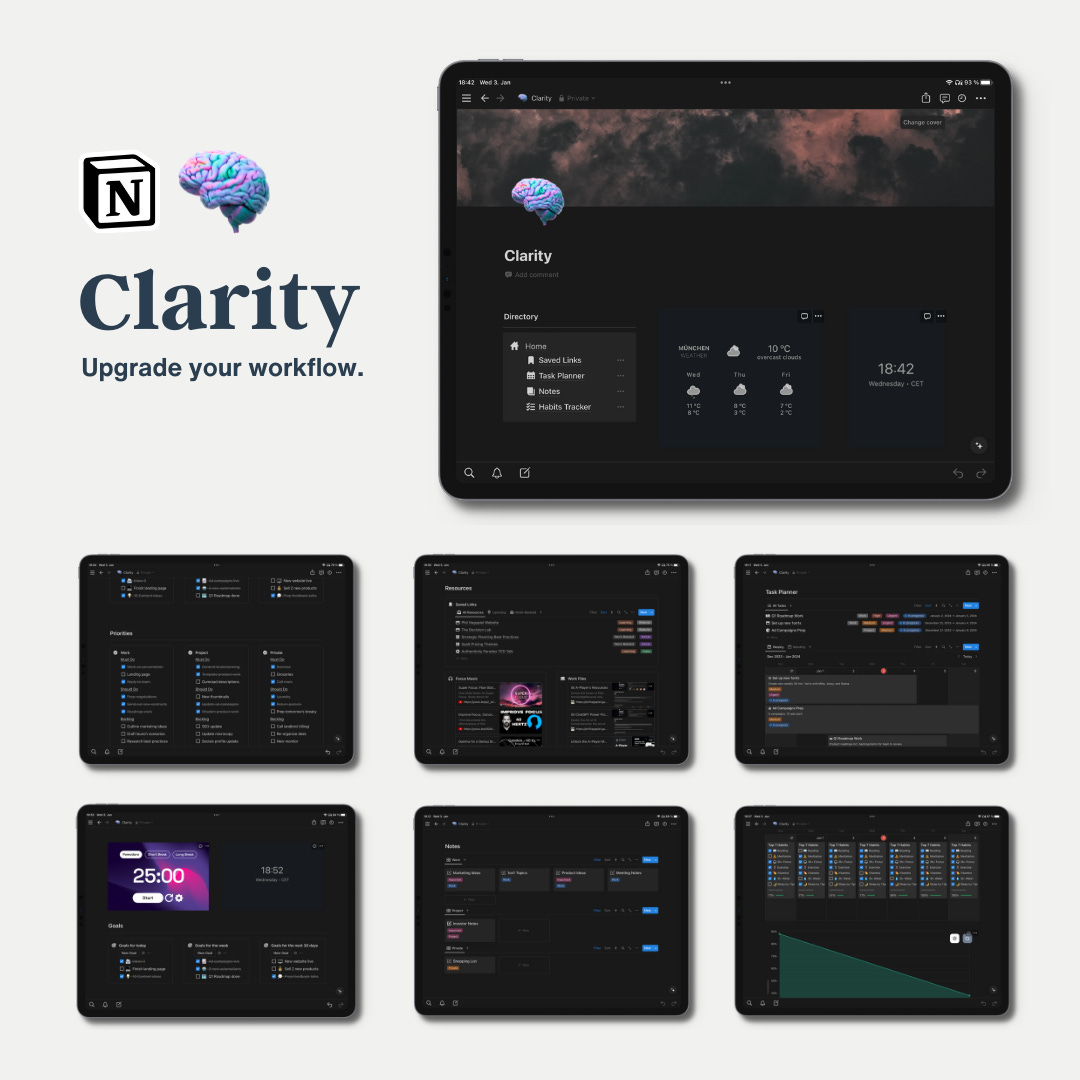Correlation vs. Causation
Why Graphs Never Tell the Whole Story
We all know those overlapping graphs in business presentations or news segments, designed to tell us “because A, therefore B.”
They're crafted to convince, popping up in everything from strategic business meetings to heated news debates.
Sure, if one thing genuinely leads to another, their graphs might align. But correlation doesn’t imply causation. Just because two events coincide doesn’t mean one caused the other.
“One of the first things taught in introductory statistics textbooks is that correlation is not causation. It is also one of the first things forgotten.”
— Thomas Sowell
For example:
Imagine a graph that correlates falling sales with rising customer complaints. It might seem obvious that one influences the other. But what if the uptick in complaints is due to easier access through social media? Or if the sales drop stems from a broader economic downturn? The graphs alone won’t tell you that.
The graphs don’t tell you that.
Or consider what happens in summer: ice cream sales go through the roof — and so do sunburn incidents.
Charting this might suggest, humorously, that eating ice cream causes sunburns. Of course, we know better: both are influenced by the underlying factor of sunny weather.
Yet, in business or politics, these hidden variables—unseen factors driving apparent trends—are not always so clear.
Next time a graph hints at a causal connection, take a moment to dig deeper. Don't let misleading visuals trick you into bad conclusions.
🤍 Here’s something cool I built:
It’s a Notion “Second Brain” template.
It contains the best of:
📝 Note Taking
🎯 Goal Setting
✅ Habit Tracking
✨ Daily Reflection
⏳ Focus Time Blocking
⚡️ Structured Prioritization
📂 Resources Management
You can have it for free.
Seriously.



